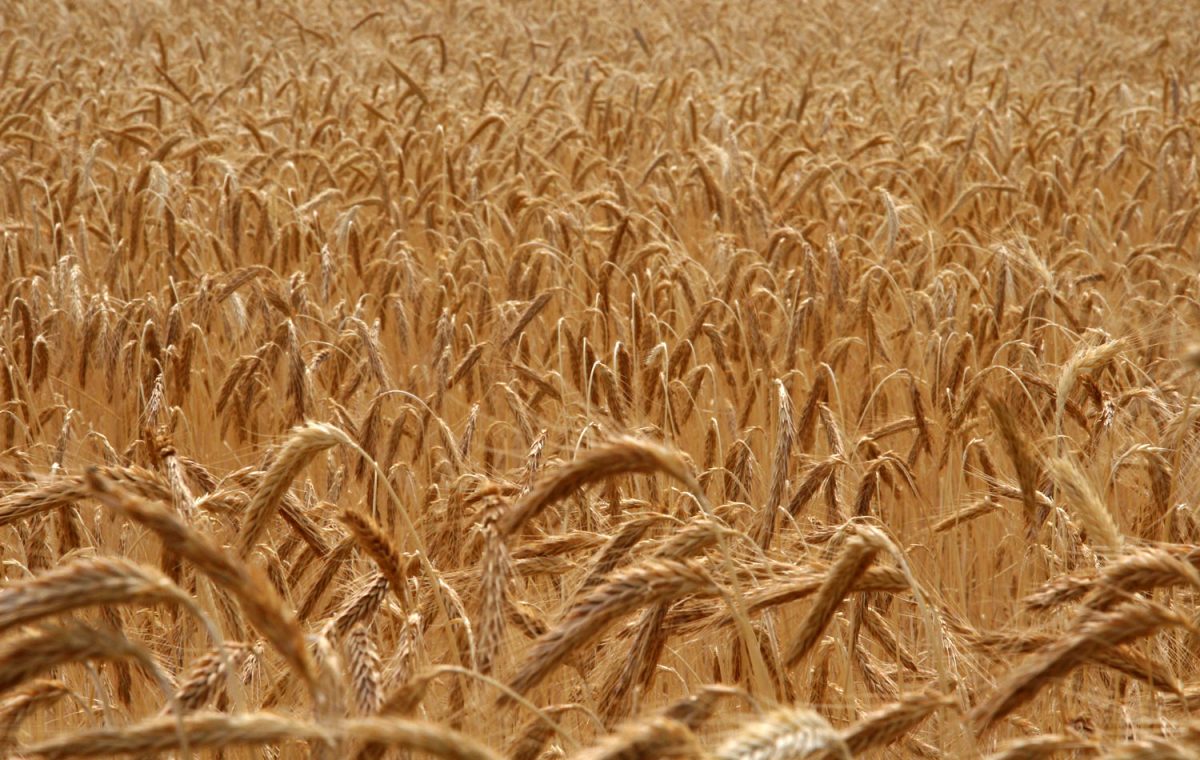The University of Queensland (UQ) is working with Queensland Department of Agriculture and Fisheries (DAF) to develop guidelines to help Australian grain growers decide when and how to teat fall armyworm (FAW) to save their crops and finances.
The highly invasive pest was detected in Australia three years ago and poses a major threat to broadacre crops including maize and sorghum.
Dr Joe Eyre from UQ’s Queensland Alliance for Agriculture and Food Innovation (QAAFI) is working with DAF on the project, which has investment from the Grains Research and Development Corporation (GRDC) and will determine economic thresholds for the pest to give farmers certainty.
“The overseas recommendations for treating fall armyworm are vague, and we don’t know how they relate to the Australian environment,” Dr Eyre said.
“The current recommendations are to take action based on obvious damage from the caterpillars, which may not be the most economical efficient or ecologically friendly time to protect crops.”
The research project will establish the relationship between the timing of an infestation, its density and the crop’s response.
“Fall armyworm are easy to treat when small so we need to predict what the likely yield loss is going to be if the infestation is not treated, as opposed to spending money on treatments when it is too late or when FAW are unlikely to result in yield penalty,” Dr Eyre said.
“The development of these economic thresholds will be absolutely fundamental to the management of fall armyworm in broadacre crops.”
DAF’s Dr Melina Miles said field trials in maize and sorghum at UQ’s Gatton campus were providing important data.
“We haven’t had a severe defoliating pest before and most producers haven’t seen a shredded crop, so there’s a lot to learn,” Dr Miles said.
“Australia’s grains industry is used to having economic thresholds on which to base decisions about crop management and farmers are crying out for guidance because fall armyworm is so damaging and new.”
The guidelines will be finalised by June 2024, but Dr Eyre and Dr Miles are already presenting their work at industry conferences.
In New Zealand, the Ministry for Primary Industries advises that Fall Armyworm thrives in warm climates.
It encourages growers to look for signs of it, particularly on volunteer maize and corn plants. Information about the pest and what to look for can be found here.
Better Border Biosecurity (B3) has established a research programme to understand the survival, distribution and potential impacts of Fall Armyworm in New Zealand. From September 2022, more than 200 Fall Armyworm pheromone traps will be distributed around the country to support the B3 research work.
Work is being done to identify possible Fall Armyworm controls, and agrichemical companies are being encouraged to register suitable products for control.
North Island growers
Since 1 September 2022, there have been nine positive detections of this pest. Five have been in the Waikato, two in Northland, and one in Auckland. The detections support MPI’s risk analysis that found the pest was likely to arrive on storm fronts across the Tasman.
Biosecurity New Zealand has had people on the ground checking paddocks in areas where Fall Armyworm has been found. They have been talking to growers and collecting samples, and staff will be available for ongoing support as required.
South Island growers
Growers and farmers in the top-of-the South Island are advised to keep a look out for Fall Armyworm, despite there being a lower chance of the pest arriving there.
Fall Armyworm can easily be mistaken for other species that are already in New Zealand. These three other species are often confused with FAW.
Sources: Scimex












